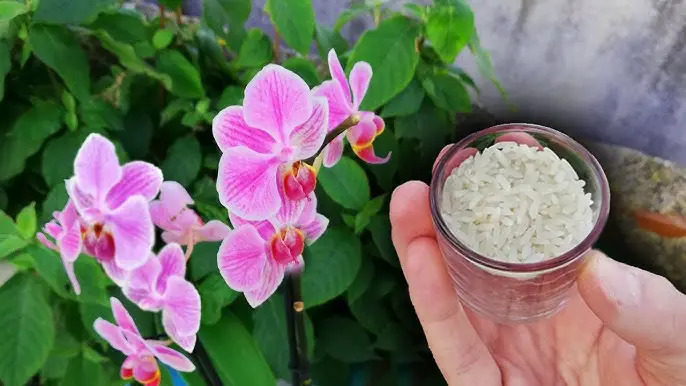Orchids are known for their stunning and exotic blooms, making them a favorite among plant enthusiasts. While orchids can be challenging to grow and coax into flowering, with the right care and attention, you can enjoy their beautiful blossoms year after year. In this article, we’ll guide you through ten essential steps to successfully flower your orchid.
1. Choose the Right Orchid Variety
Select an orchid variety that matches your growing conditions and experience level. Popular options for beginners include Phalaenopsis, also known as moth orchids, and Dendrobiums.
2. Provide Adequate Light
Orchids need the right amount of light to bloom. Place your orchid in a bright, indirect light location. Avoid direct sunlight, as it can scorch the leaves.
3. Maintain Proper Temperature
Most orchids prefer temperatures between 60°F to 80°F (15°C to 27°C) during the day and slightly cooler at night. Consistent temperatures are essential for flower formation.
4. Keep Humidity Levels Up
Orchids thrive in higher humidity levels, ideally between 50-70%. Use a humidity tray or a room humidifier to create the right environment for your orchid.
5. Water Carefully
Orchids dislike soggy conditions. Water your orchid thoroughly when the growing medium feels almost dry to the touch, but ensure that excess water can drain freely from the pot.
6. Fertilize Regularly
During the growing season (spring and summer), feed your orchid with a balanced orchid fertilizer. Follow the manufacturer’s instructions for application to avoid over-fertilizing, which can harm the plant.
7. Prune and Repot as Needed
Trim any dead or yellowing leaves and spent flower spikes to encourage new growth. Repot your orchid every 2-3 years to refresh the growing medium and provide more room for roots to grow.
8. Watch for Signs of Pests and Diseases
Regularly inspect your orchid for signs of pests like mealybugs, aphids, or spider mites. Treat any infestations promptly. Also, watch for signs of disease or root rot.
9. Mimic Seasonal Changes
To encourage flowering, mimic seasonal changes by adjusting light and temperature conditions. Reduce watering and provide cooler nighttime temperatures for a few weeks to simulate winter, then return to normal conditions to simulate spring.
10. Be Patient
Orchids don’t always flower on a strict schedule. Some varieties may bloom once a year, while others may take longer. Be patient and continue to provide consistent care.
Bonus Tip: Give It Time
Orchids may take time to adapt to their new environment. Even if they don’t flower immediately, continue to care for your orchid, and with time, it will reward your patience with spectacular blooms.
With these ten steps and a little dedication, you can successfully nurture your orchid to bloom and enjoy the breathtaking flowers that make orchids such a beloved addition to any home or garden. Remember that each orchid variety may have its unique needs, so adjust your care routine accordingly, and soon you’ll be rewarded with the sight of your flourishing orchid in full bloom.



